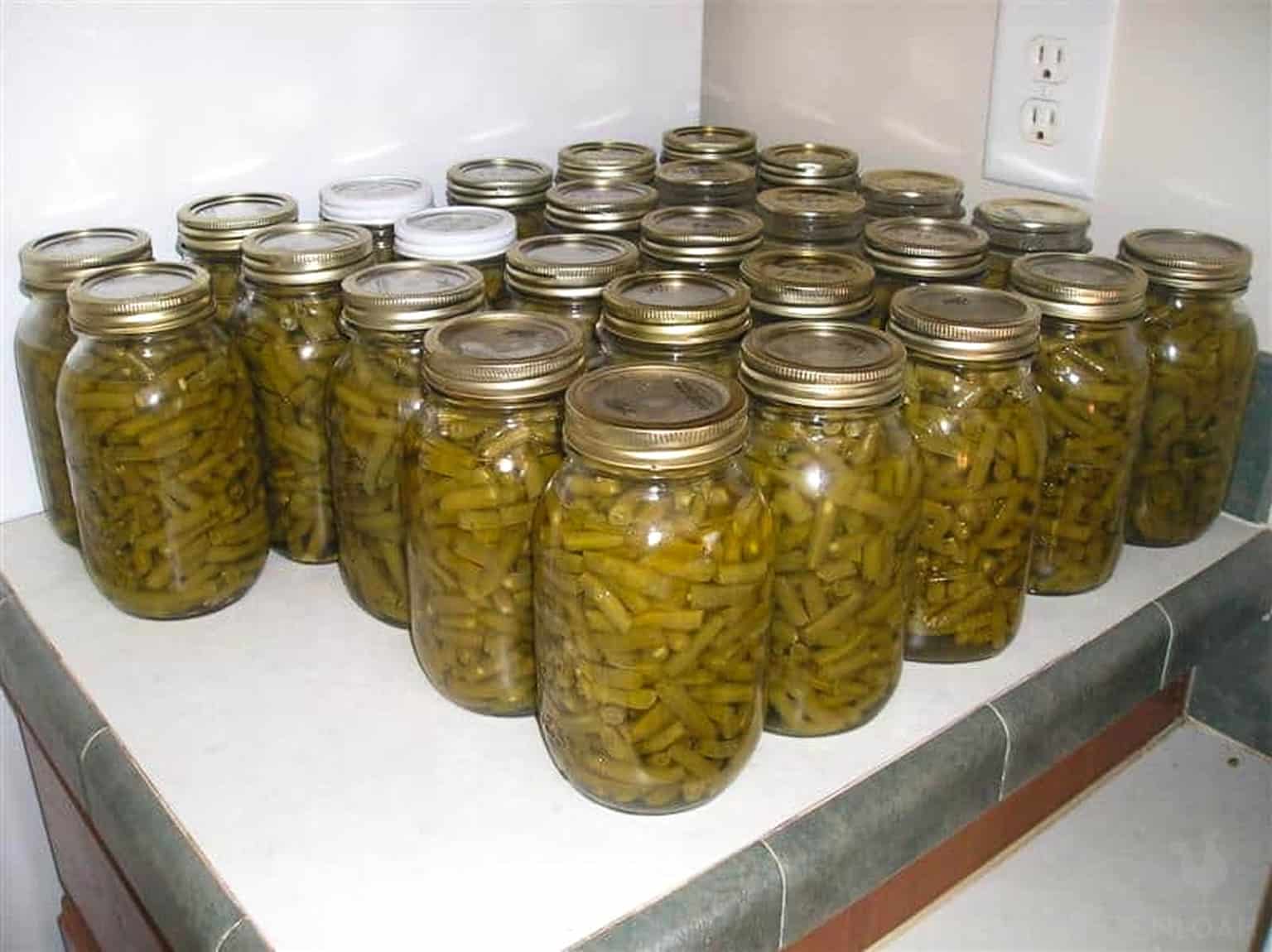

Articles
How To Store Green Beans Before Canning
Modified: January 6, 2024
Learn how to store green beans before canning in this helpful article. Find out the best methods for preserving your fresh green beans for long-term storage.
(Many of the links in this article redirect to a specific reviewed product. Your purchase of these products through affiliate links helps to generate commission for Storables.com, at no extra cost. Learn more)
Introduction
Welcome to the world of green bean storage! If you’re an avid gardener or just happened to stumble upon a great deal on fresh green beans, you may find yourself wondering how to store them properly. Whether you’re planning to can, freeze, or dry your green beans, it’s essential to follow proper storage techniques to ensure their freshness and taste are preserved.
In this article, we will explore various methods for storing green beans before canning. From refrigerator storage to freezing and dry storage options, we will cover all the bases to help you find the best approach for your needs.
But before we dive into the storage methods, let’s take a moment to discuss how to choose and prepare green beans for storage. Selecting the freshest beans and properly prepping them will contribute to their longevity and quality once they are stored.
Key Takeaways:
- Properly storing green beans before canning, freezing, or drying is crucial for maintaining their freshness, flavor, and nutritional value. Choose the best method to enjoy delicious green beans all year round!
- Whether refrigerating, freezing, or utilizing dry storage methods, follow proper techniques to maximize the shelf life and quality of your stored green beans. Avoid moisture, check for spoilage, and enjoy the benefits of well-preserved legumes!
Read more: How To Store Green Beans
Choosing and Preparing Green Beans for Storage
Before you start storing your green beans, it’s important to select the freshest ones available. Look for beans that are vibrant green, firm to the touch, and free from blemishes or bruises. Freshly picked green beans will have a crisp snap when broken in half.
Once you have selected your green beans, it’s time to prepare them for storage. Start by washing the beans thoroughly under cold running water. Remove any dirt or debris by gently rubbing them with your hands.
Next, it’s essential to trim the ends of the green beans. Use a sharp knife or kitchen shears to remove the stem end and the pointed tip. This step helps to eliminate any potential sources of decay and ensures that the beans will fit properly into storage containers.
After trimming, blanching the green beans is highly recommended to preserve their color, flavor, and texture. Blanching involves briefly submerging the beans in boiling water, followed by an immediate transfer to an ice bath to stop the cooking process. This step helps to neutralize enzymes that can cause deterioration over time and helps retain the vibrant green color.
To blanch green beans, bring a large pot of water to a rolling boil. Add the beans and cook for 2-3 minutes until they turn bright green and become slightly tender. While the beans are cooking, prepare a separate bowl of ice water. Once the blanching time is up, immediately transfer the beans to the ice water to cool them rapidly. This will help preserve their crispness and lock in their flavor.
After completing the blanching process, it’s time to move on to storing your green beans. Depending on your preferred storage method, you can choose to store them in the refrigerator, freeze them for long-term storage, or utilize dry storage methods such as canning, vacuum sealing, or dehydrating.
Storing Green Beans in the Refrigerator
If you plan to use your green beans in the near future, storing them in the refrigerator is the way to go. Here are a few methods you can utilize:
- Using Perforated Plastic Bags: Place the green beans in a perforated plastic bag or a bag with small holes. The perforations allow for air circulation, preventing moisture buildup and keeping the beans fresh. Seal the bag loosely to allow some airflow.
- Wrapping in Damp Paper Towels: Another option is to wrap the green beans in slightly damp paper towels. The moisture from the towels will help maintain the beans’ freshness and crispness. Place the wrapped beans in a reusable produce bag or a plastic container with a lid.
- Storing in Airtight Containers: If you have airtight containers like plastic or glass containers with lids, they can also be a suitable option for storing green beans in the refrigerator. Make sure to wash and dry the beans thoroughly before placing them in the containers. This method helps to maintain the beans’ moisture and keeps them separated from other fridge odors.
Regardless of the method you choose, always place the green beans in the refrigerator’s vegetable crisper drawer or the coldest part of the fridge. The recommended temperature for storing green beans in the refrigerator is between 32°F (0°C) and 40°F (4°C). Remember to use the stored green beans within a week for maximum freshness and quality.
Now that you know how to store green beans in the refrigerator, let’s explore another option for long-term storage: freezing.
Freezing Green Beans for Long-Term Storage
Freezing is an excellent method for preserving green beans for an extended period. This allows you to enjoy their freshness and nutritional value even months after harvest. Here’s a step-by-step guide on freezing green beans:
- Blanching and Cooling Green Beans: Start by blanching the green beans as mentioned earlier. After blanching, it is essential to cool them quickly. Plunge the beans into an ice bath for the same amount of time they were blanched. This will halt the cooking process and help retain their texture and color.
- Packing Green Beans for Freezing: Once the beans are cool, drain them thoroughly and pat them dry with paper towels. Arrange the beans in a single layer on a baking sheet or tray lined with parchment paper. This prevents them from sticking together during freezing. Place the tray in the freezer and let the beans freeze for a few hours until they’re firm.
- Labeling and Storing Freezer Bags: Once the beans are firm, transfer them into labeled freezer bags or airtight containers. Label each bag with the date of freezing to help you keep track of their freshness. Squeeze out any excess air from the bags to minimize freezer burn and ensure the best quality. Seal the bags tightly to prevent any moisture or air from entering.
Store the green bean bags in the freezer at a temperature of 0°F (-18°C) or lower. Properly frozen green beans can last for up to 8-12 months, but it’s best to use them within the first 6 months for optimal flavor and texture.
Now that you know how to freeze green beans, let’s explore other storage options, such as canning, vacuum sealing, and dehydrating.
Store green beans in the refrigerator for up to 1 week before canning. Keep them in a perforated plastic bag to maintain freshness and prevent moisture buildup.
Dry Storage Options for Green Beans
If you’re looking for alternatives to refrigeration or freezing, there are several dry storage methods you can use to preserve your green beans. Let’s explore these options:
- Canning Green Beans: Canning is a popular method for long-term storage. It involves packing green beans into canning jars and processing them in a water bath or pressure canner to create a seal that prevents spoilage. Canned green beans can last for up to a year or even longer. Follow a reliable recipe and proper canning procedures to ensure safety and quality.
- Vacuum Sealing Green Beans: Vacuum sealing removes air from the packaging, which helps to slow down the deterioration process and extend the shelf life of green beans. Place the beans in vacuum-seal bags or containers and use a vacuum sealer to remove the air and create a tight seal. Stored in a cool and dark place, vacuum-sealed green beans can last for several months.
- Dehydrating Green Beans: Dehydrating removes the moisture from the green beans, making them lightweight and perfect for long-term storage. You can dehydrate green beans using a food dehydrator or by air-drying them. Once fully dehydrated, store the beans in airtight containers or resealable bags in a cool, dry place. Properly dehydrated green beans can last for months or even years.
Each dry storage method has its own set of requirements and considerations, so be sure to follow proper instructions and safety guidelines. It’s always a good idea to consult reliable sources or reference books specifically for canning and dehydrating to ensure food safety and quality.
Now that we have explored various dry storage options for green beans, let’s move on to some tips and tricks for optimal green bean storage.
Read more: How To Store Blanched Green Beans
Tips and Tricks for Optimal Green Bean Storage
To ensure the best storage conditions for your green beans, consider the following tips and tricks:
- Avoiding Moisture and Temperature Fluctuations: Green beans are sensitive to moisture and temperature changes, which can lead to spoilage. It’s crucial to store them in a cool, dry place with proper ventilation. Moisture can cause mold and bacteria growth, while temperature fluctuations can accelerate deterioration. Keep the beans away from direct sunlight and sources of heat.
- Checking for Spoilage: Regularly inspect your stored green beans for any signs of spoilage, such as mold, discoloration, or a foul odor. If you notice any spoiled beans, promptly remove them to prevent the spread of spoilage to other beans. Remember, one bad bean can spoil the whole bunch.
- Using Stored Green Beans for Canning: If you choose to store your green beans for canning purposes, ensure that the beans are still fresh and in good condition before using them. Discard any beans that show signs of spoilage. Properly stored and preserved green beans can make excellent additions to soups, stews, and other canned recipes.
By following these tips, you can maximize the shelf life and quality of your stored green beans. Whether you’re storing them in the refrigerator, freezer, or utilizing dry storage methods, taking proper care of your green beans will ensure that you can enjoy their delicious taste and nutritional benefits for months to come.
Now that you have learned all about storing green beans before canning, freezing, or drying, you are well-equipped to preserve these delightful legumes for later use. Choose the method that fits your needs, and enjoy the freshness of green beans all year round!
Happy storing and happy cooking!
Conclusion
Properly storing green beans before canning or preserving them is essential to maintain their freshness, flavor, and nutritional value. Whether you choose to store them in the refrigerator, freezer, or utilize dry storage methods like canning, vacuum sealing, or dehydrating, each technique has its own benefits and considerations.
When selecting and preparing green beans for storage, remember to choose fresh, vibrant beans and trim them accordingly. Blanching the beans before storing helps preserve their color and texture.
If you opt for refrigerator storage, using perforated plastic bags, wrapping the beans in damp paper towels, or storing them in airtight containers can help keep them crisp and fresh for up to a week.
For long-term storage, freezing green beans is a great option. Blanching and cooling the beans prior to freezing, packing them in freezer bags or containers, and labeling them correctly will ensure that they retain their quality for up to 8-12 months.
If you prefer dry storage methods, canning green beans in canning jars, vacuum sealing them to remove air, or dehydrating them to remove moisture are all effective techniques. Each method varies in its shelf life, but with proper storage and following the recommended procedures, you can enjoy your stored green beans for months or even years.
Remember to avoid moisture and temperature fluctuations, regularly check for spoilage, and use your stored green beans promptly, especially when canning. And don’t forget to consult reliable sources or reference books to ensure that you are following proper guidelines and safety measures.
Now that you have a range of options for storing green beans, you can enjoy their fresh taste and nutritional benefits all year round. So go ahead, harvest those beans from your garden or take advantage of a great deal at the market, and start storing your green beans with confidence!
Happy storing and happy cooking!
Frequently Asked Questions about How To Store Green Beans Before Canning
Was this page helpful?
At Storables.com, we guarantee accurate and reliable information. Our content, validated by Expert Board Contributors, is crafted following stringent Editorial Policies. We're committed to providing you with well-researched, expert-backed insights for all your informational needs.
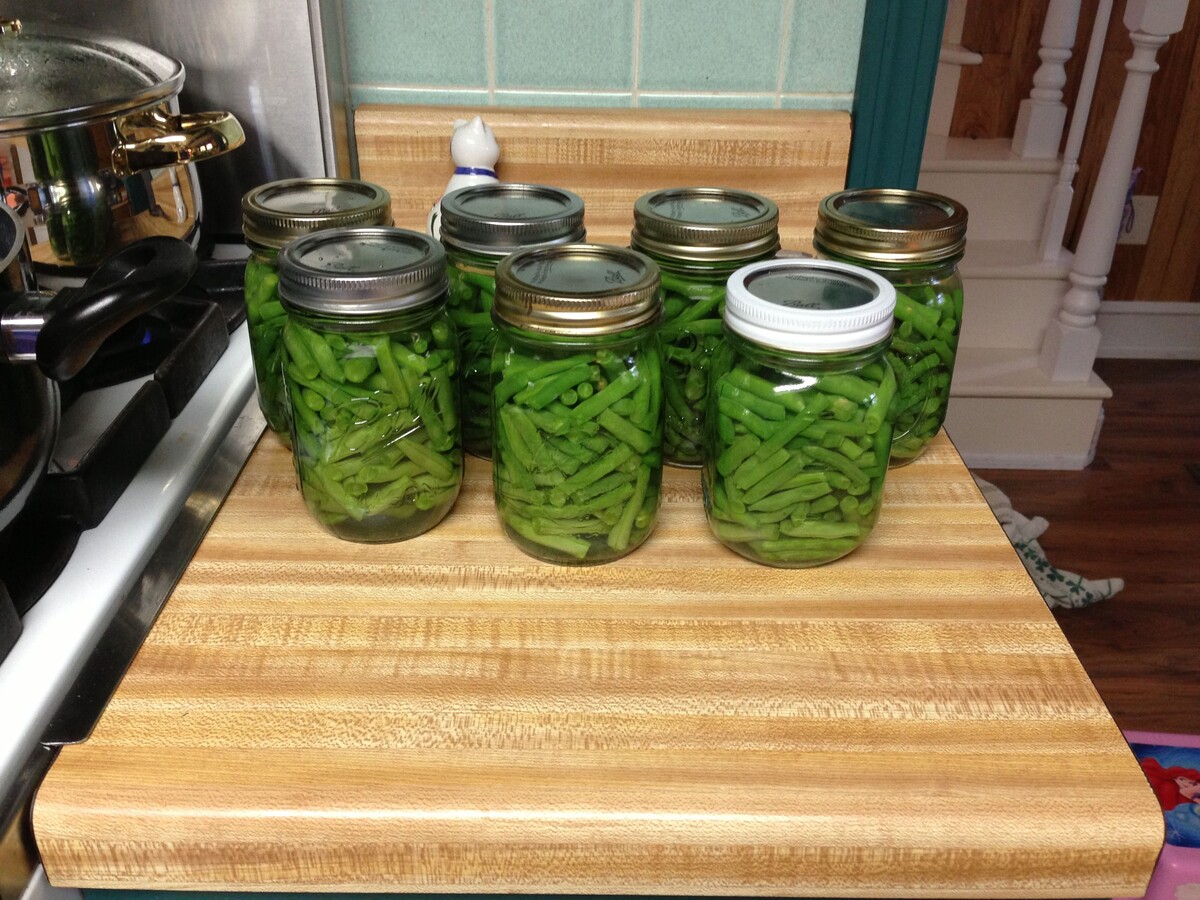
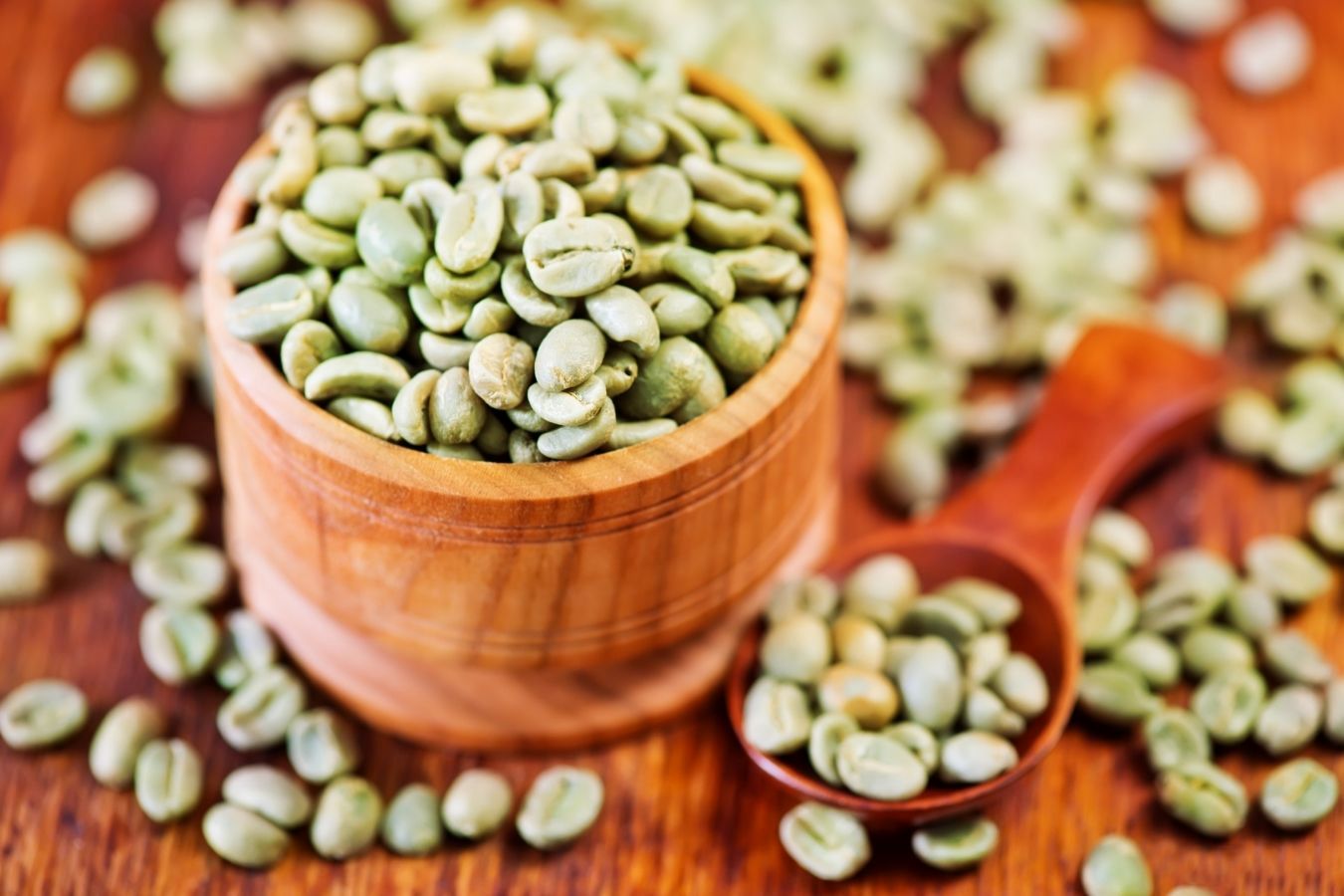
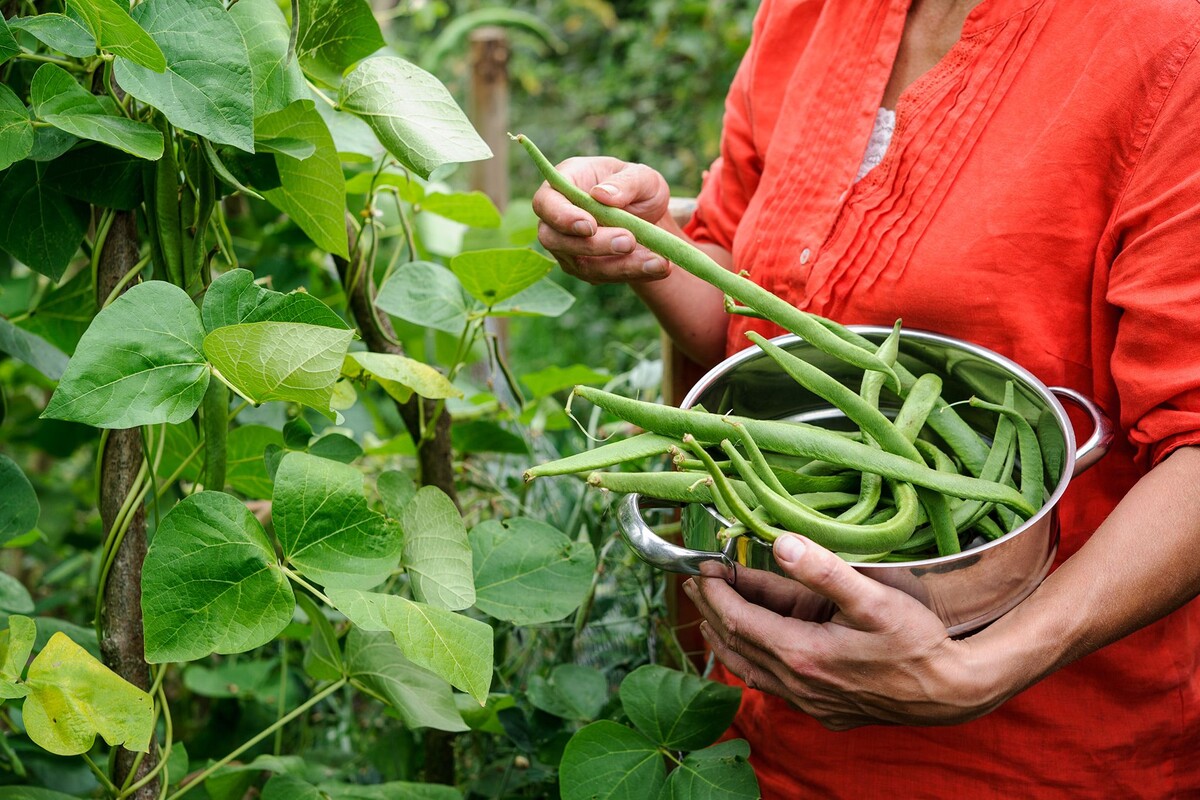
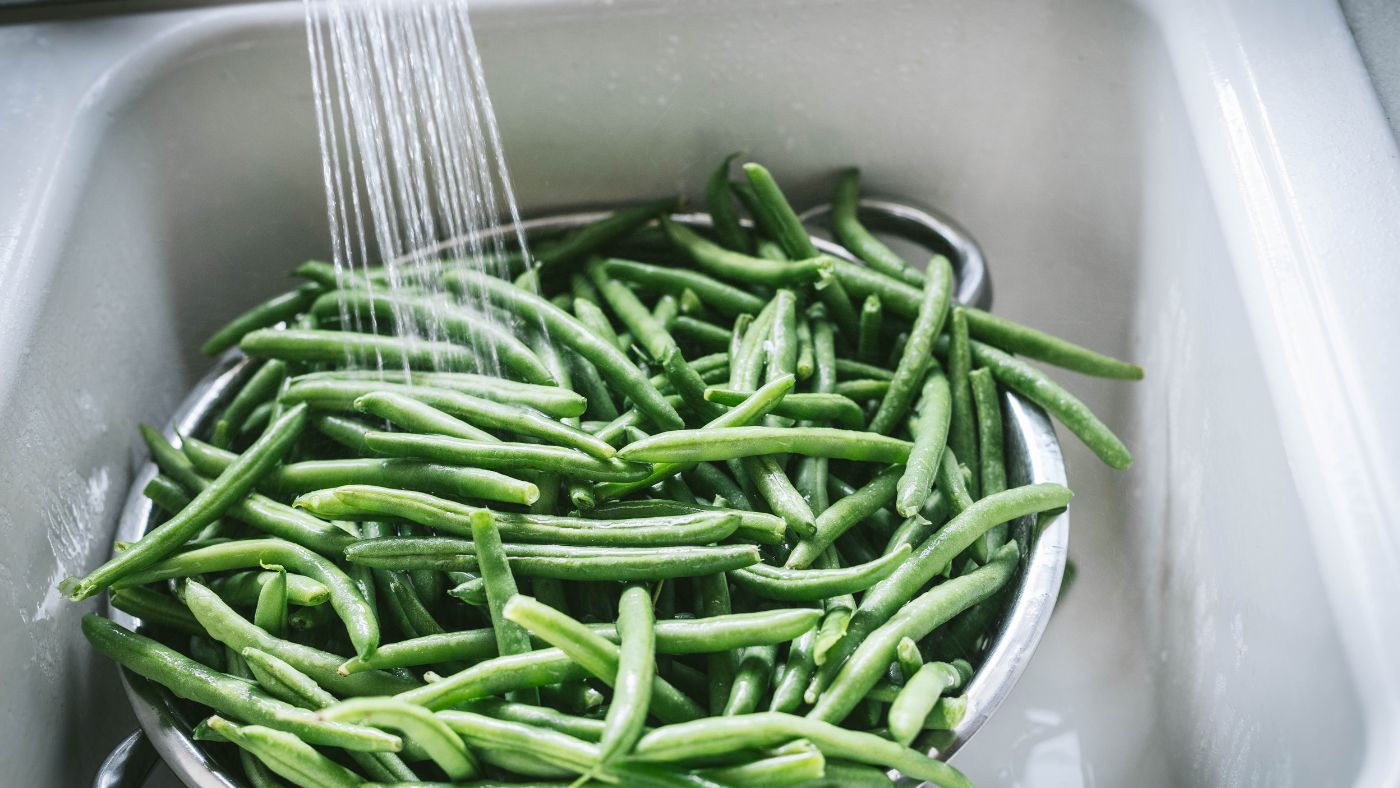
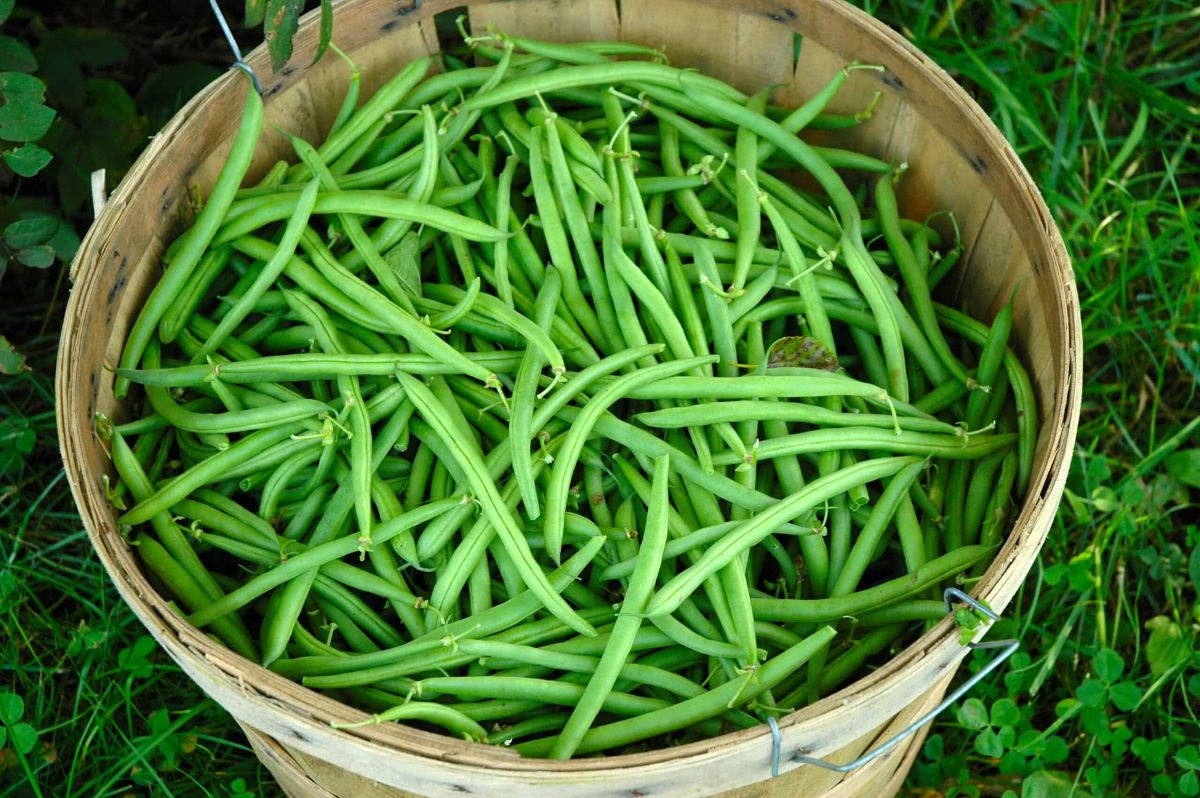
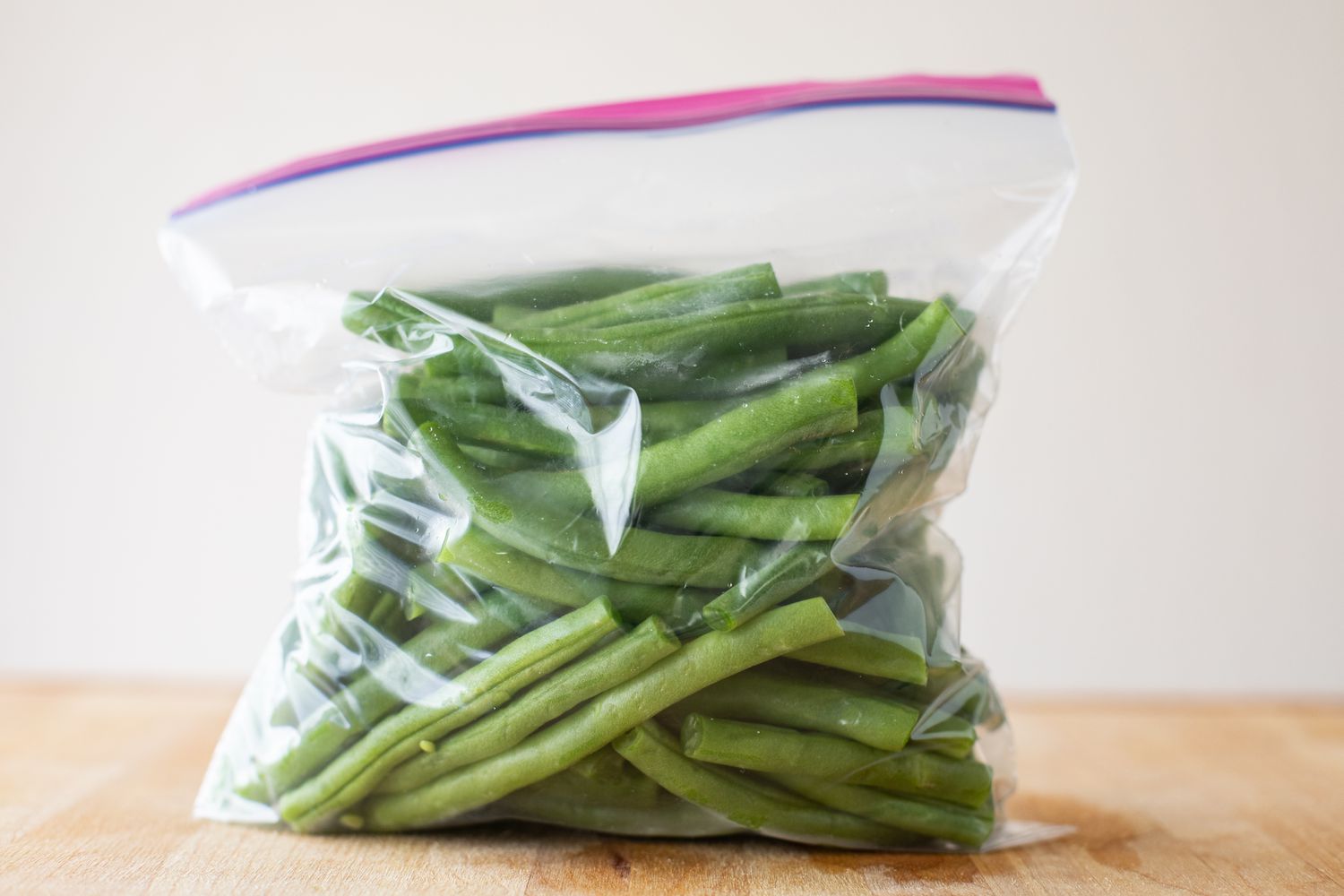
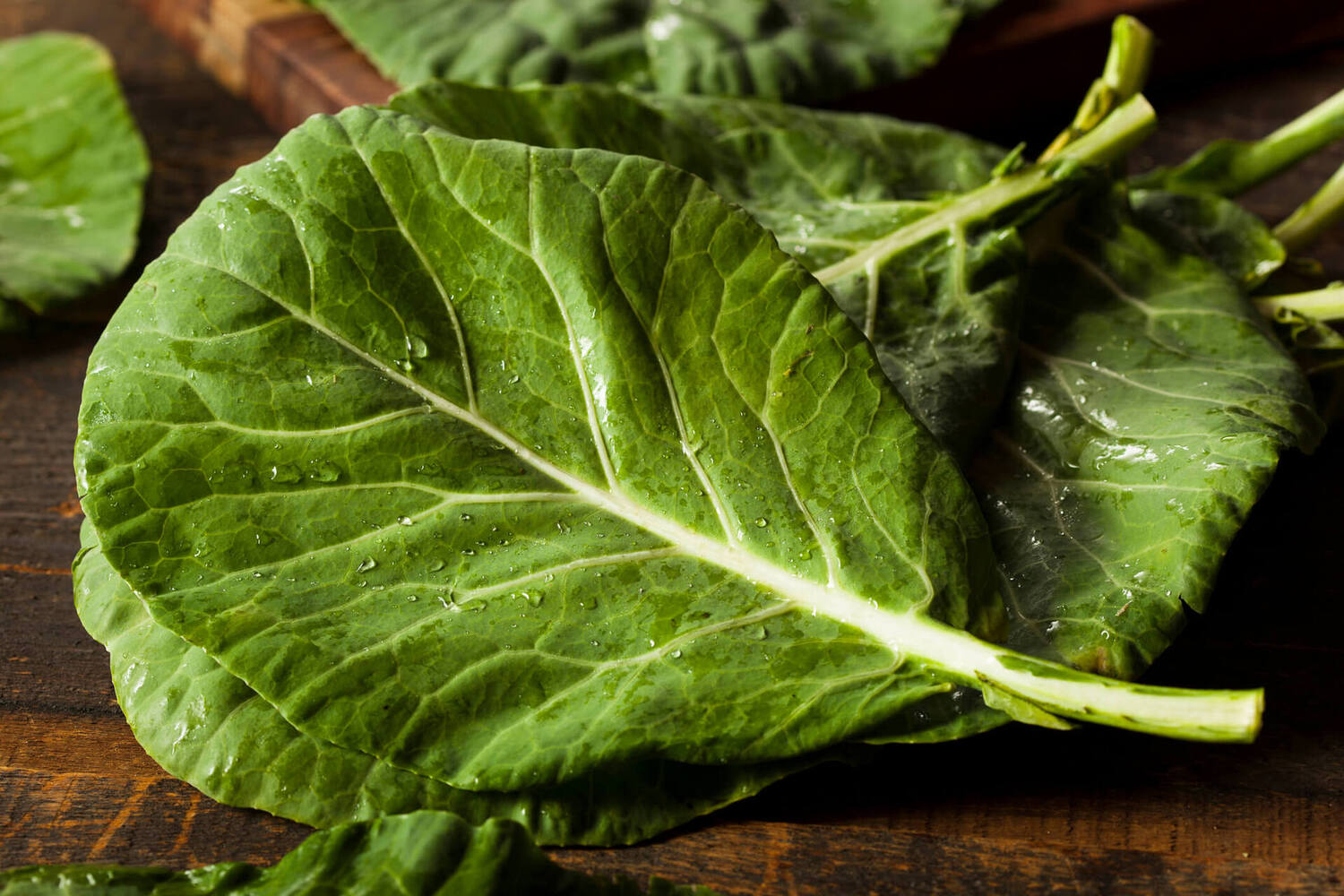
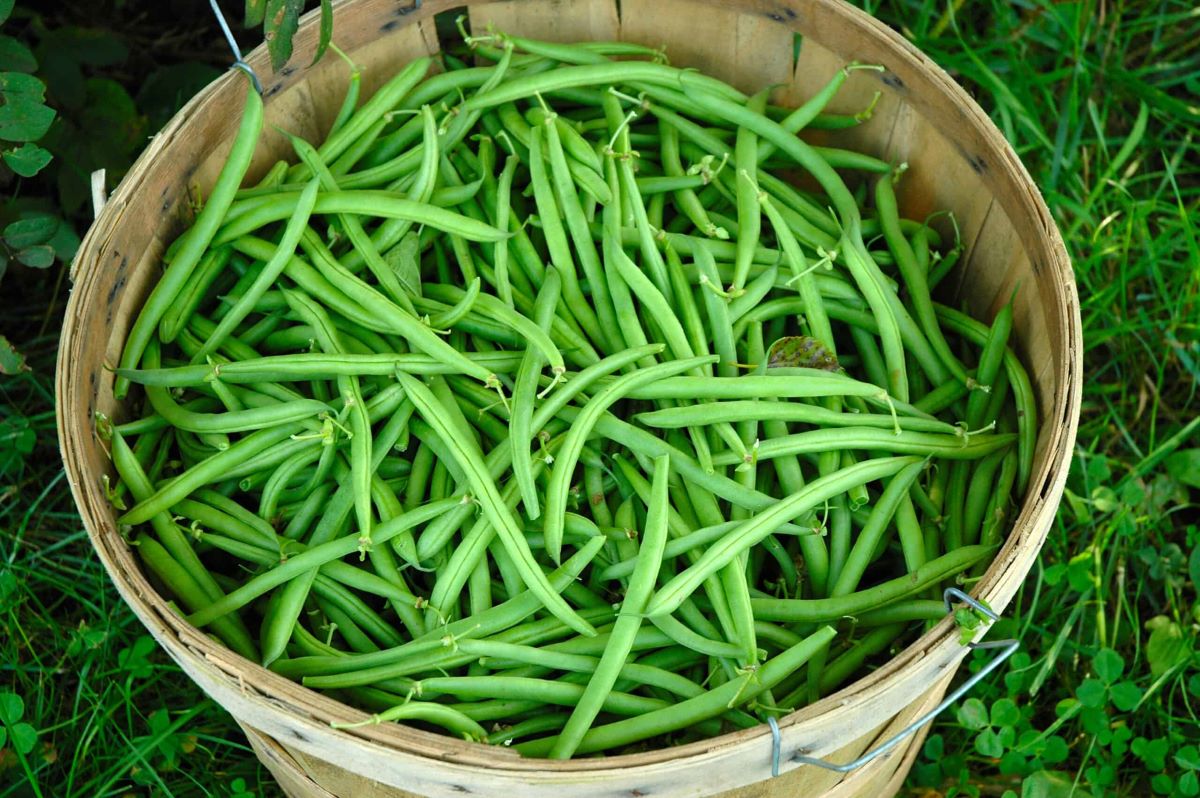
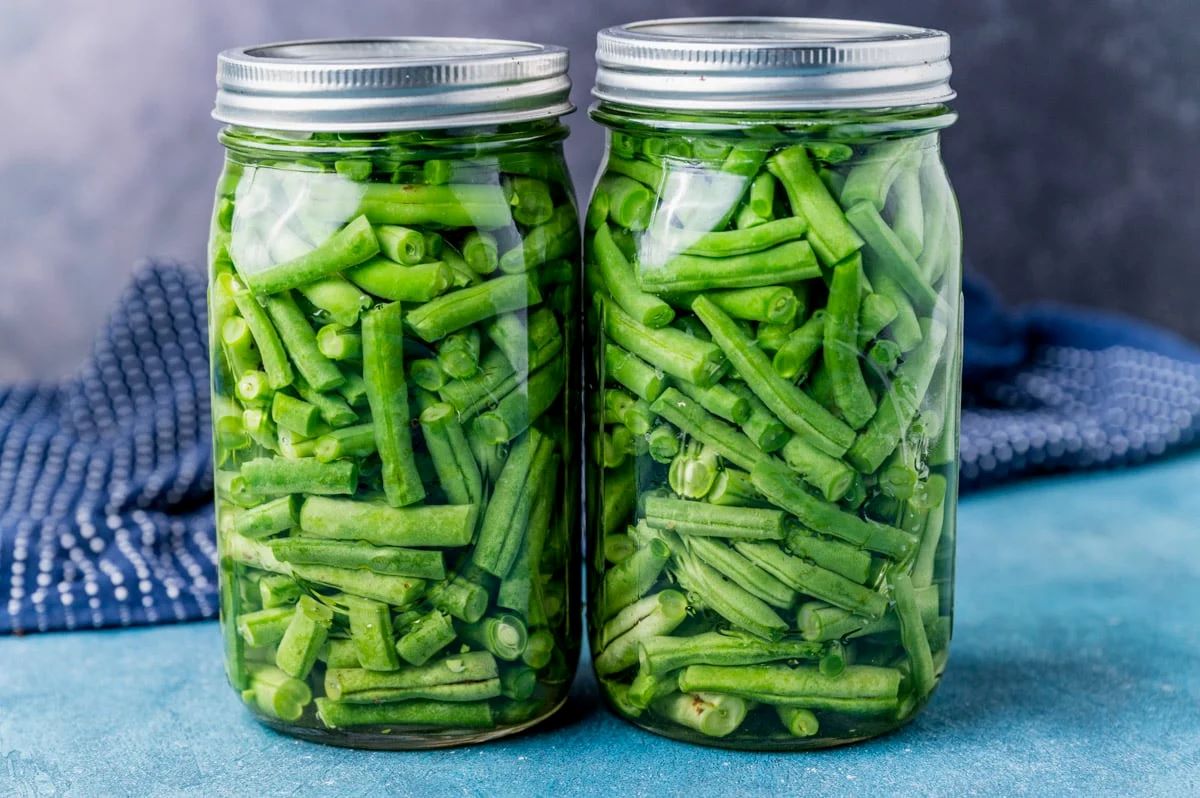

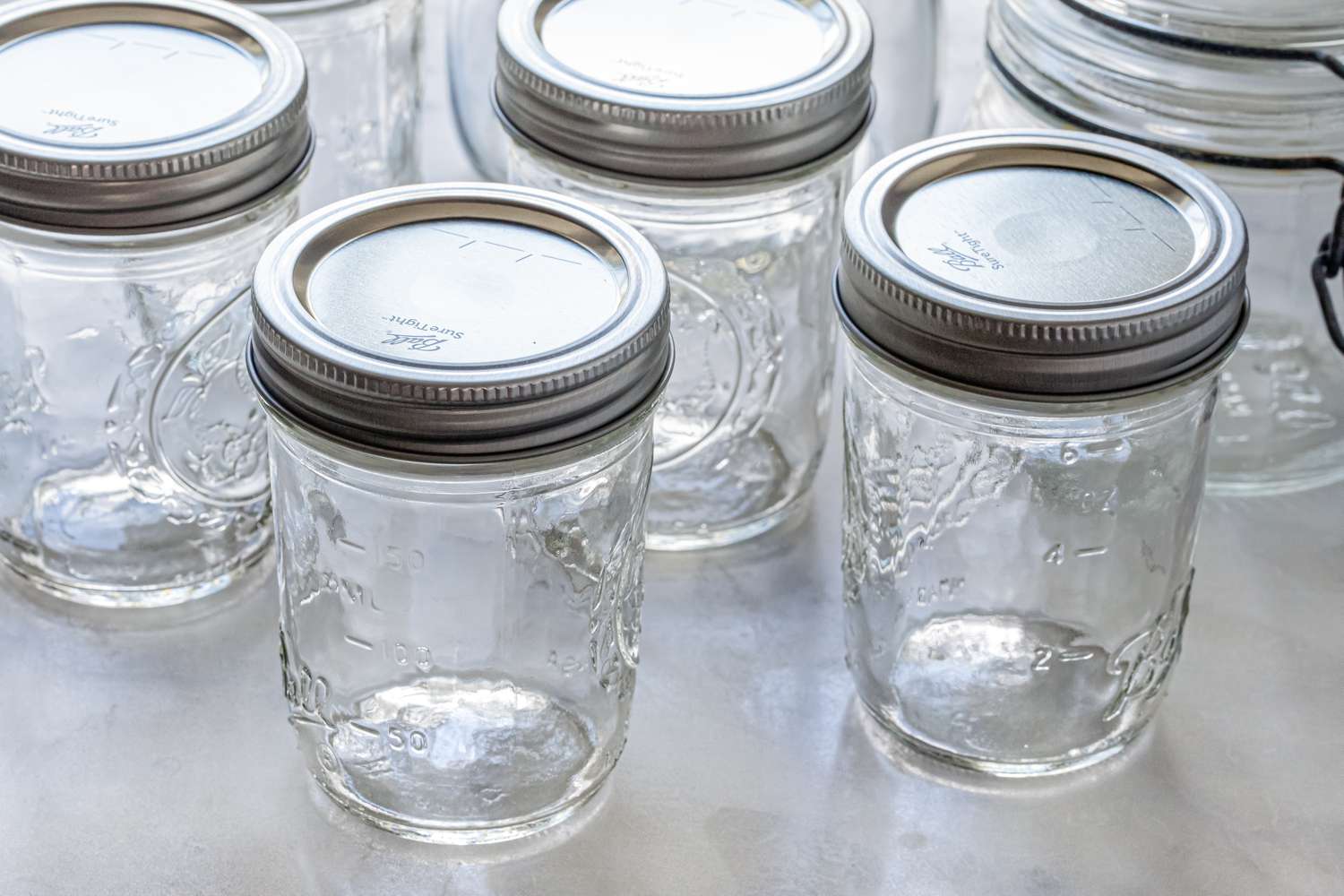
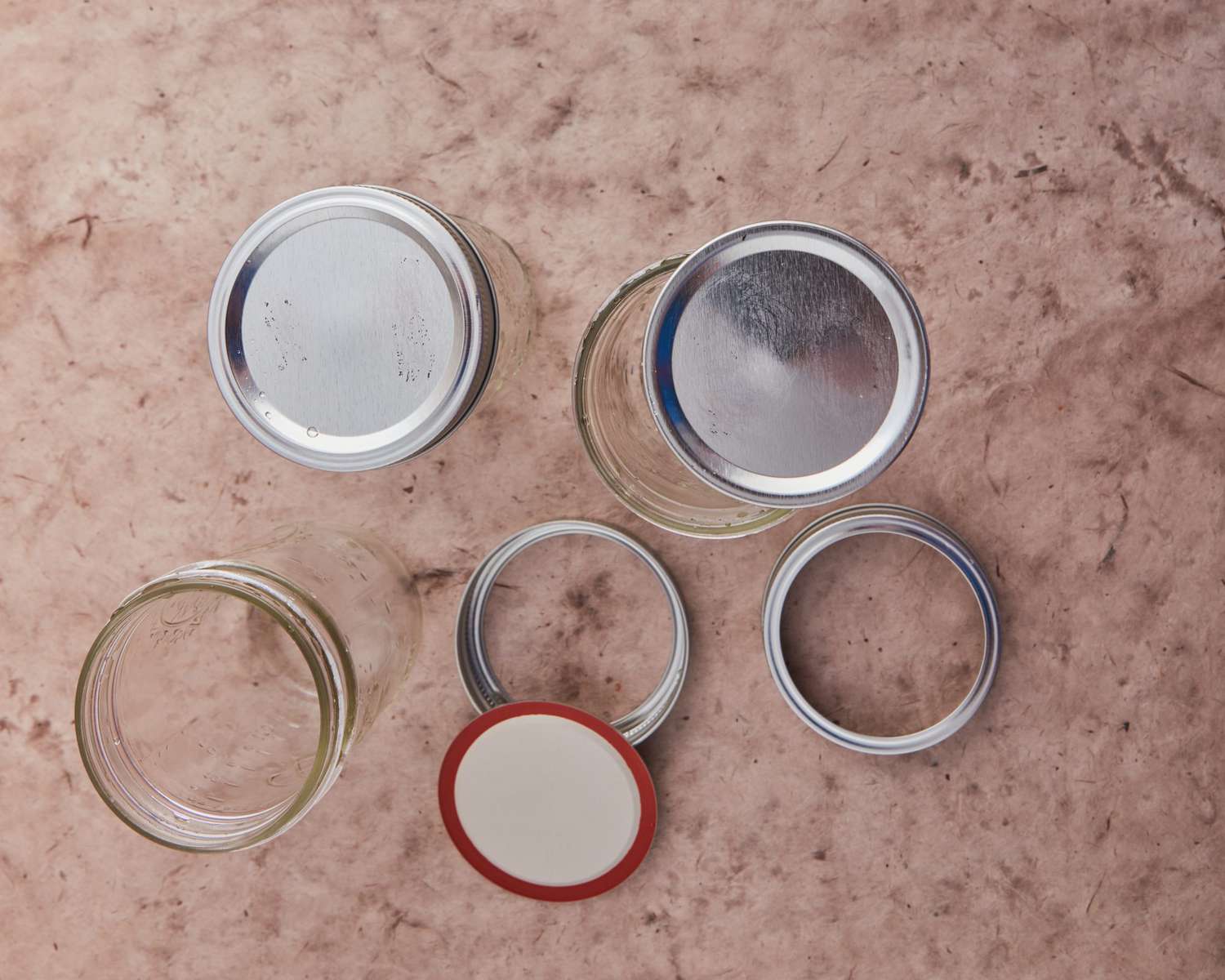
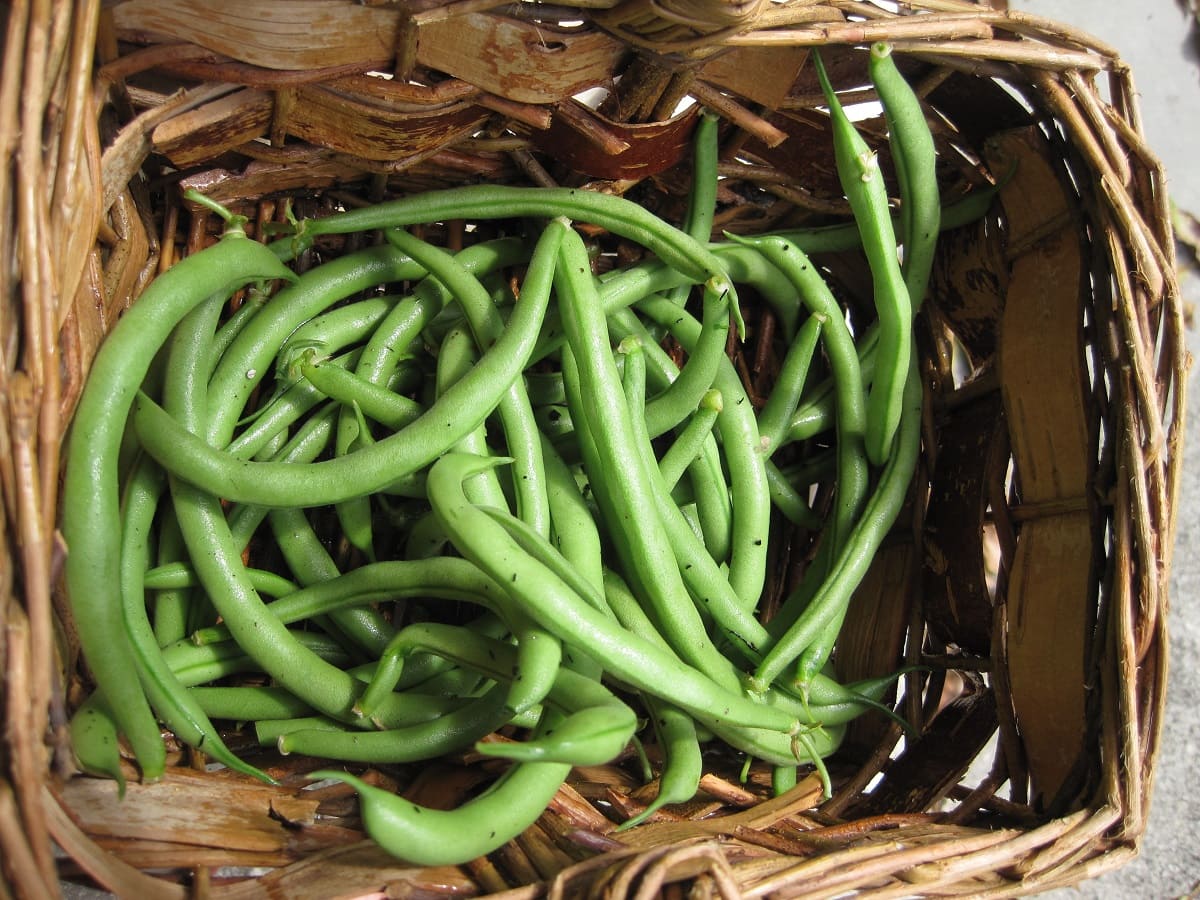


0 thoughts on “How To Store Green Beans Before Canning”